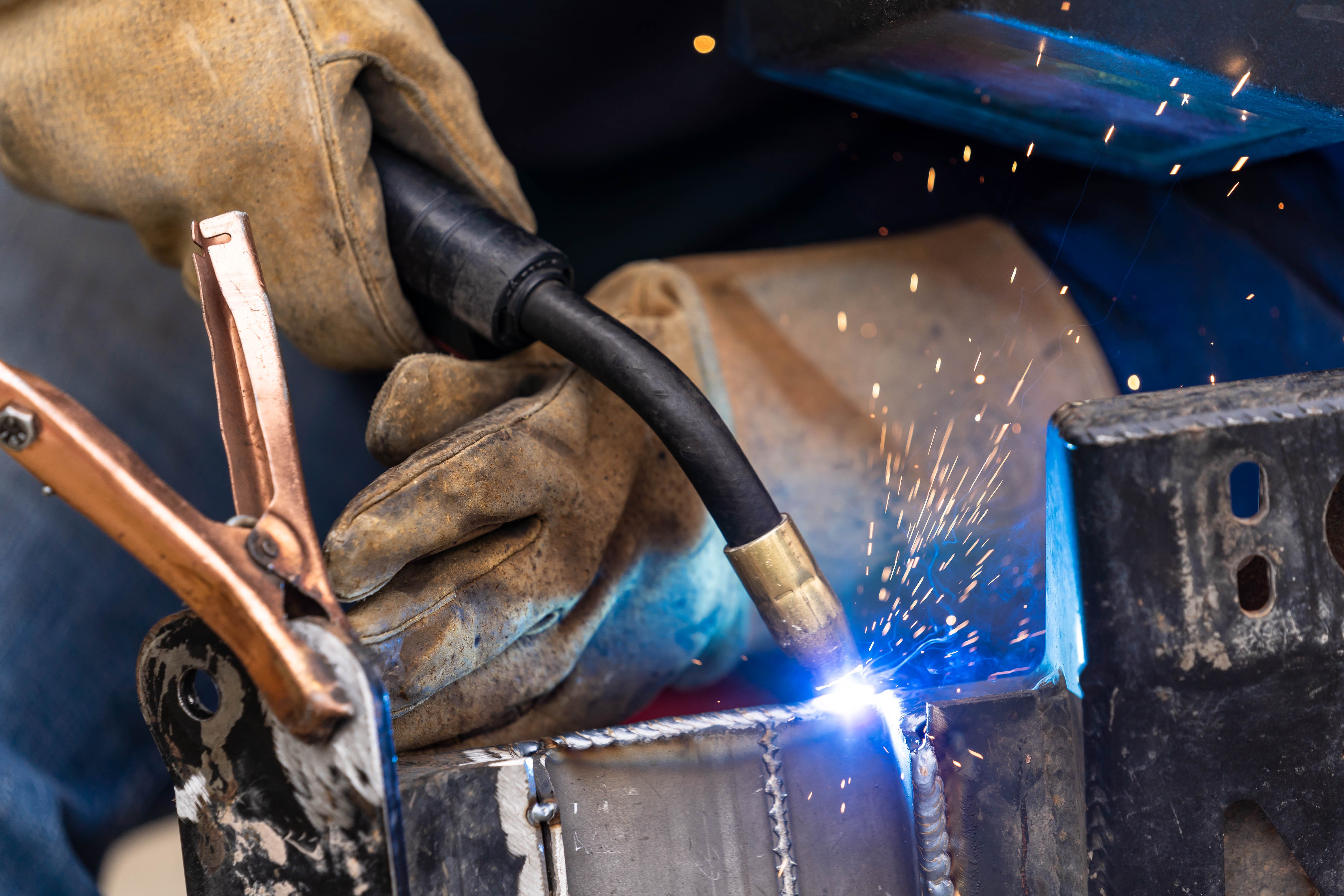Maximizing Your Welding WPS: Strategies for Improved Efficiency and Effectiveness
Maximizing Your Welding WPS: Strategies for Improved Efficiency and Effectiveness
Blog Article
The Ultimate Overview to Welding WPS Procedures: An Extensive Review for Welders
In the elaborate globe of welding, Welding Treatment Specifications (WPS) function as the foundation of guaranteeing quality, consistency, and safety in welding operations. Understanding the nuances of producing, carrying out, and keeping track of WPS procedures is important for welders wanting to elevate their craft and satisfy market criteria. As we look into the different parts of a WPS and explore the ins and outs of qualification and certification, we will uncover the vital duty these procedures play in the realm of welding. Allow's get started on a trip to untangle the intricacies and relevance of WPS treatments in welding methods.
Significance of WPS Procedures
Understanding the significance of Welding Treatment Specs (WPS) procedures is crucial for ensuring the quality and honesty of bonded structures. WPS treatments serve as a roadmap for welders, outlining the essential steps, parameters, and materials needed to attain an audio weld. By adhering to WPS standards, welders can guarantee consistency in their job, resulting in structurally sound and reliable welds.
Among the main reasons WPS treatments are crucial is their role in maintaining weld high quality and honesty. Adhering to the specified welding parameters and techniques laid out in the WPS helps protect against defects such as porosity, splitting, or insufficient combination, which can jeopardize the stamina and resilience of the weld. In addition, WPS treatments are crucial for making sure conformity with industry requirements and codes. By complying with established WPS standards, welders can demonstrate that their job meets the essential requirements for security and top quality, offering assurance to customers, inspectors, and regulatory bodies. Fundamentally, the importance of WPS procedures can not be overemphasized, as they are fundamental to accomplishing consistent, premium welds that fulfill sector standards and specs.
Elements of a WPS
A Welding Procedure Specification (WPS) normally makes up essential parts that information the specific demands for executing a weld, making certain consistency and high quality in the welding procedure. The essential elements of a WPS consist of necessary variables such as base metals, filler steels, preheat and interpass temperature levels, welding processes, securing gases, welding positions, and post-weld warmth treatment needs.
Base metals refer to the products being joined, while filler steels are utilized to load the space in between the base metals throughout welding. Preheat and interpass temperatures are important for managing the warmth input and preventing concerns like cracking or distortion. The welding procedure lays out the particular strategy to be used, whether it's gas metal arc welding (GMAW), protected steel arc welding (SMAW), or another approach. Securing gases protect the weld swimming pool from climatic contamination. Welding positions specify the alignments in which welding can be performed. Post-weld warmth therapy may be needed to relieve stress click here for more info and anxieties and boost the weld's residential or commercial properties. A detailed understanding of these components is vital for producing a effective and extensive WPS.

Credentials and Accreditation
Having actually developed the necessary components of a Welding Treatment Requirements (WPS), the emphasis now changes in the direction of the critical facets of qualification and certification in welding practices.

Qualification, on the other hand, is the formal acknowledgment of a welder's qualifications by a pertinent certification body or company. Welding accreditations are normally based on the particular welding procedures, products, and positions a welder is qualified to collaborate with. Holding a valid welding certification demonstrates that a welder fulfills sector requirements and is skilled to carry out welding tasks to the called for requirements.
Developing a WPS
To establish a Welding Treatment Spec (WPS) that satisfies market standards, careful factor to consider of welding processes, materials, and functional parameters is vital. The first step in developing a WPS is to recognize the welding procedure to be utilized, such as gas metal arc welding (GMAW) or protected steel arc welding (SMAW)

Carrying Out and Monitoring WPS
Upon completing the extensive Welding Treatment Specification (WPS) that carefully details welding processes, materials, operational parameters, and quality control steps, the emphasis shifts to properly implementing and checking the recognized treatments. Implementation includes ensuring that all welders included in the project know with the WPS and follow it meticulously throughout the welding procedure. This calls for offering sufficient training and guidance to click to read more guarantee adherence to the specified treatments. Keeping track of the WPS entails continuous oversight to confirm that welding tasks align with the recorded specifications. Examinations, screening, and quality control steps are important components of the surveillance process to identify any type of issues or deviations immediately. Regular audits and evaluations of the welding procedures help in keeping consistency and quality throughout the project. Effective click resources execution and surveillance of the WPS are critical for ensuring the integrity, strength, and safety and security of the bonded joints, eventually contributing to the overall success of the welding task.
Verdict
Finally, understanding and following Welding Treatment Specs (WPS) is vital for welders to make certain top quality, consistency, and security in their job. By knowing the elements of a WPS, acquiring correct qualifications and accreditations, developing comprehensive treatments, and executing and checking them efficiently, welders can improve their skills and efficiency in welding methods. Abiding by WPS treatments is necessary for producing top notch welds and meeting market requirements.
In the detailed globe of welding, Welding Procedure Requirements (WPS) offer as the backbone of making sure quality, consistency, and security in welding operations. The welding procedure outlines the particular method to be made use of, whether it's gas steel arc welding (GMAW), secured steel arc welding (SMAW), or an additional approach.To develop a Welding Procedure Spec (WPS) that satisfies market standards, careful consideration of welding processes, products, and operational specifications is crucial. The first step in producing a WPS is to determine the welding procedure to be made use of, such as gas steel arc welding (GMAW) or shielded metal arc welding (SMAW)Upon completing the comprehensive Welding Procedure Requirements (WPS) that thoroughly details welding processes, materials, functional specifications, and quality assurance procedures, the emphasis changes to properly carrying out and keeping an eye on the established procedures.
Report this page